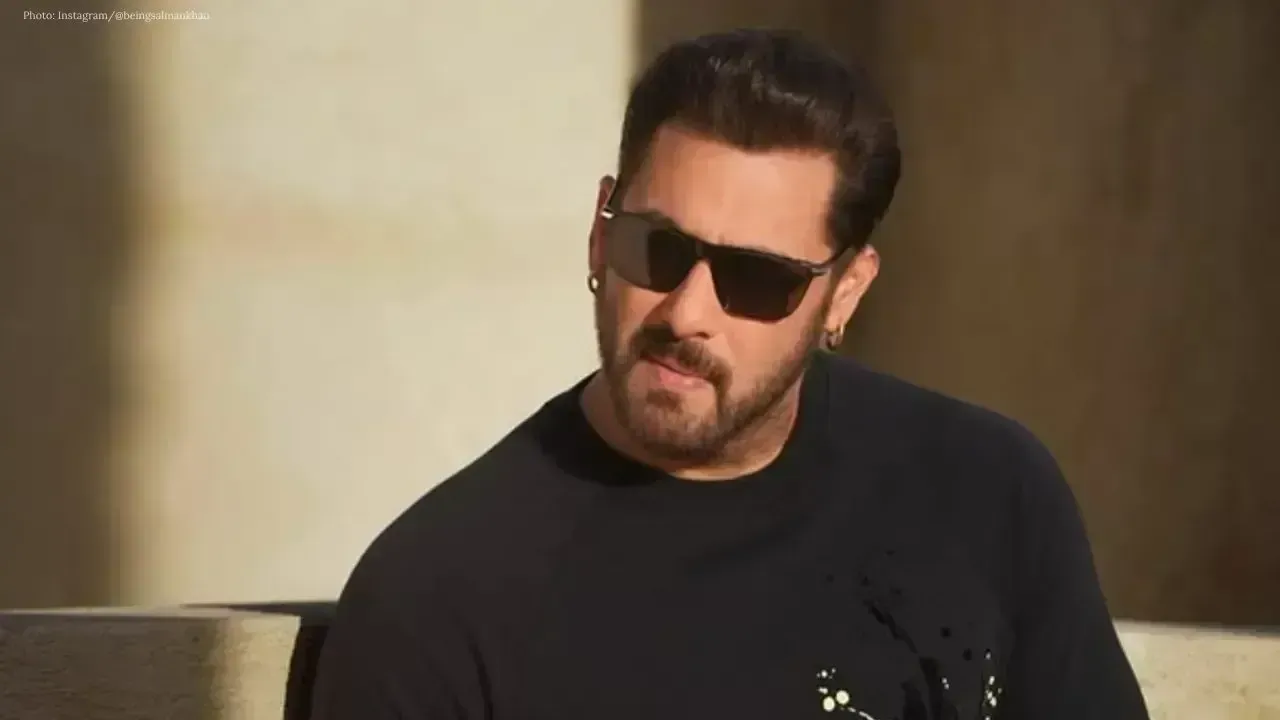You have not yet added any article to your bookmarks!

Join 10k+ people to get notified about new posts, news and tips.
Do not worry we don't spam!

Post by : Anis Farhan
Southeast Asia is witnessing a major transformation in its capital markets, not just through increasing participation but through the rise of artificial intelligence-driven trading platforms. From retail investors in Jakarta to institutional traders in Singapore, the region is rapidly embracing AI-enabled tools that promise faster execution, lower costs, and greater access to data-driven insights.
Traditional brokerage firms—long reliant on manual advisory, relationship-based selling, and fee-heavy structures—are now confronting a disruptive wave of fintech platforms. These new entrants leverage AI to provide algorithmic trading, real-time sentiment analysis, robo-advisory, and predictive analytics, dramatically altering how investors interact with financial markets.
As this AI-fintech revolution unfolds, questions emerge about regulation, market integrity, and whether legacy players can reinvent themselves in time.
The growth of AI-based trading solutions in Southeast Asia is being driven by three key factors: rising smartphone penetration, expanding retail investor participation, and an increasingly tech-savvy young demographic.
In 2025, more than 37% of retail trades in Indonesia and Thailand are now executed via AI-powered mobile apps, according to data from Bain & Company. Platforms such as Ajaib (Indonesia), StashAway (Singapore & Malaysia), and Finnomena (Thailand) are rapidly gaining users by offering features once limited to institutional desks:
Real-time risk assessment
AI-generated portfolio optimization
Natural Language Processing (NLP) for sentiment scanning
Automated asset rebalancing
For example, Ajaib's AI module analyzes over 150,000 data points daily, helping over 2.5 million users personalize trades based on market volatility and financial goals. Similarly, StashAway uses proprietary algorithms to adjust allocations based on macroeconomic indicators and user-defined risk levels.
Traditional brokerages are finding it increasingly difficult to compete. Their model—typically involving human advisers, high minimum capital thresholds, and layered commission structures—stands in stark contrast to the zero-commission, self-directed, data-rich experience offered by AI platforms.
In Malaysia, brokerage houses like Maybank Investment and Kenanga are now under pressure to digitize or risk losing their millennial client base. Many have started adopting hybrid models: human-led advisory backed by AI-generated insights. But even so, cost competitiveness and scale remain significant hurdles.
The brokerage disruption is not limited to retail. Institutional asset managers are increasingly integrating AI into high-frequency trading (HFT), risk modeling, and portfolio stress testing. In Singapore, several hedge funds now use AI bots to scan regional policy announcements and trade accordingly, reducing human decision-making delays.
Regulators across Southeast Asia are watching this trend with a mix of optimism and caution. On the one hand, AI democratizes access to financial markets. On the other, it introduces risks around algorithmic errors, black-box decision-making, and market manipulation.
The Monetary Authority of Singapore (MAS) has taken a proactive stance, publishing AI governance frameworks and mandating explainability in algorithmic trading systems. In June 2025, it introduced a "Green Zone" licensing system for AI-trading fintechs, allowing quicker regulatory sandbox access while maintaining oversight.
In contrast, Indonesia's OJK (Financial Services Authority) has warned about “algorithmic herding,” where too many users follow similar AI signals, causing artificial volatility. The Philippines’ SEC is conducting a study on the long-term impact of AI-powered robo-advisors on retail investor behavior.
This regulatory patchwork reflects the diverse stages of financial market maturity across the ASEAN bloc, but there is increasing recognition that harmonized AI-trading regulation will be key to cross-border growth.
AI-trading platforms aren’t just disrupting services—they’re reinventing how revenue is generated. Instead of relying solely on transaction fees, these platforms increasingly monetize through:
Premium AI tool subscriptions
Data-driven advisory services for SMEs and HNWIs
Partnerships with banks for co-branded investment products
Commission-free trading with backend monetization via payment-for-order-flow (PFOF)
This model has proven attractive for a price-sensitive, mobile-first generation. It also encourages daily engagement, as users rely on alerts, AI news curation, and sentiment dashboards to guide their trades.
In Thailand, for example, Finnomena reports that over 40% of its monthly active users engage with the platform more than five times a week. Such frequency levels are unheard of in traditional brokerages and point to a fundamentally different relationship between the investor and the platform.
Despite the boom, AI-based trading in Southeast Asia is not without its pitfalls.
Data privacy and sovereignty: Many platforms rely on cloud-based servers outside their home jurisdictions. Regulators are beginning to raise flags on where investor data is stored and processed.
Over-reliance on AI: Behavioral finance experts warn that excessive dependence on AI signals may lead to poor decision-making when markets behave irrationally or during black swan events.
Trust and transparency: Many users still don't fully understand how AI models make decisions. Platforms that lack transparency in their algorithms or don’t provide user education are likely to face backlash during market downturns.
The success of this revolution will therefore hinge not just on tech adoption but on building responsible AI ecosystems grounded in education, explainability, and ethical data use.
As AI-driven platforms grow, the next phase in Southeast Asia is likely to feature consolidation. Several smaller players will either exit or be acquired by regional banks, insurance firms, or global fintech giants looking to enter ASEAN.
We may also witness collaborations between AI-trading startups and traditional brokerages, resulting in hybrid models that combine the trust of legacy institutions with the agility of new tech. Additionally, ASEAN's regional fintech sandbox—a concept under discussion—could provide a shared regulatory framework to accelerate cross-border operations.
Ultimately, what’s clear is this: AI is not just a tool in Southeast Asia’s financial markets—it’s becoming the new infrastructure.
This article is for informational purposes only and does not constitute investment or trading advice. Please consult a licensed financial advisor before making trading decisions based on AI tools or platforms.










Akshaye Khanna exits Drishyam 3; Jaideep Ahlawat steps in fast
Producer confirms Jaideep Ahlawat replaces Akshaye Khanna in Drishyam 3 after actor’s sudden exit ov

Kapil Sharma’s Kis Kisko Pyaar Karoon 2 to Re-release in January 2026
After limited screens affected its run, Kapil Sharma’s comedy film Kis Kisko Pyaar Karoon 2 will ret

Hrithik Roshan and Saba Azad Celebrate Christmas at Family Party
Hrithik Roshan and Saba Azad celebrated Christmas at Sussanne Khan’s party, sharing happy moments wi

China Sanctions 20 US Defense Firms Over Taiwan Arms Sales Dispute
China imposes sanctions on 20 US defense companies and 10 executives for supplying arms to Taiwan, e

Salman Khan’s Grand 60th Birthday Bash at Panvel Farmhouse Shines Bright
Salman Khan celebrates his 60th birthday with a grand party at Panvel farmhouse, sharing joyful mome

Thailand Defence Minister Joins Talks to End Deadly Border Clash
Thailand’s defence chief will join talks with Cambodia as border clashes stretch into a third week,